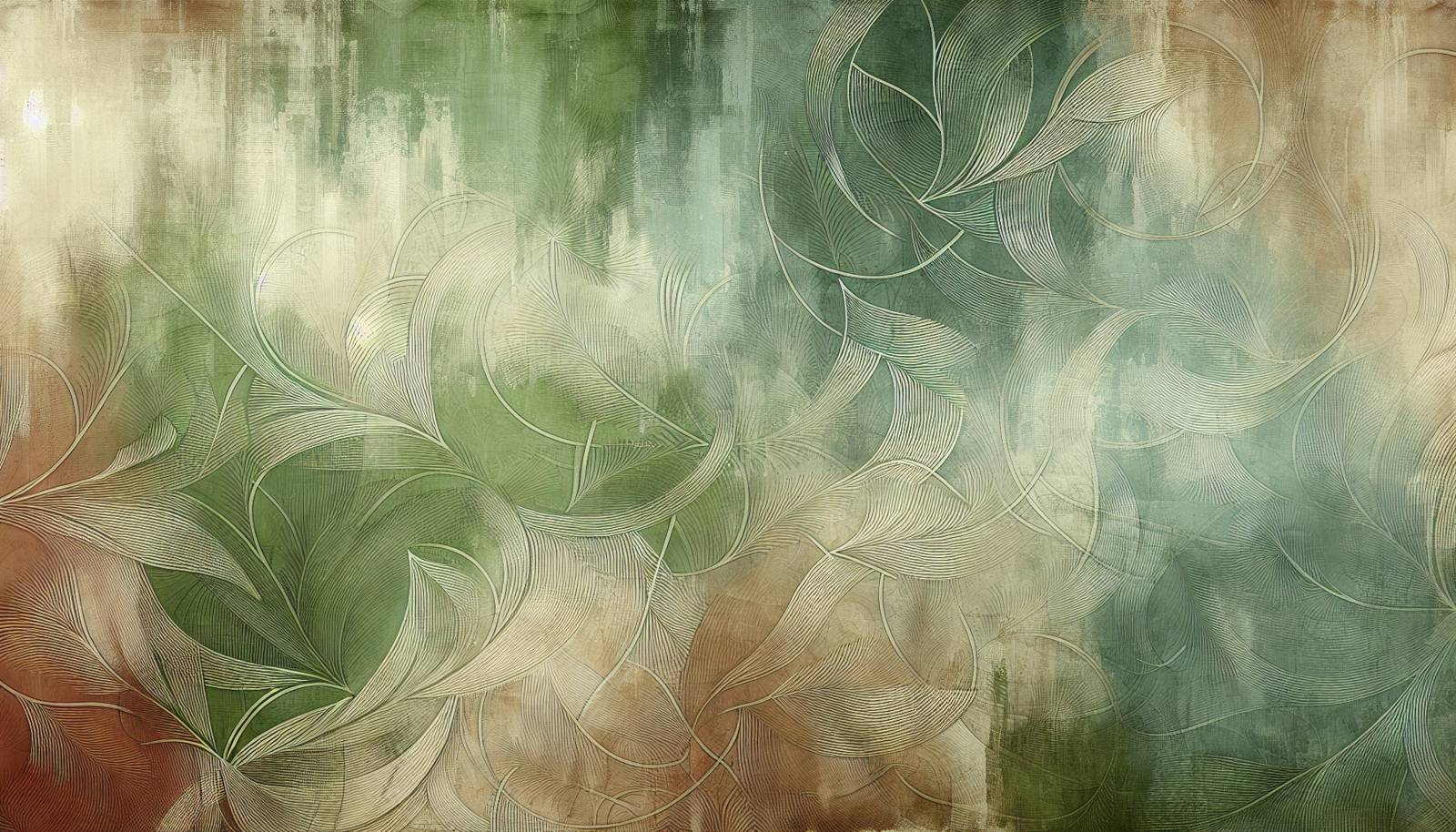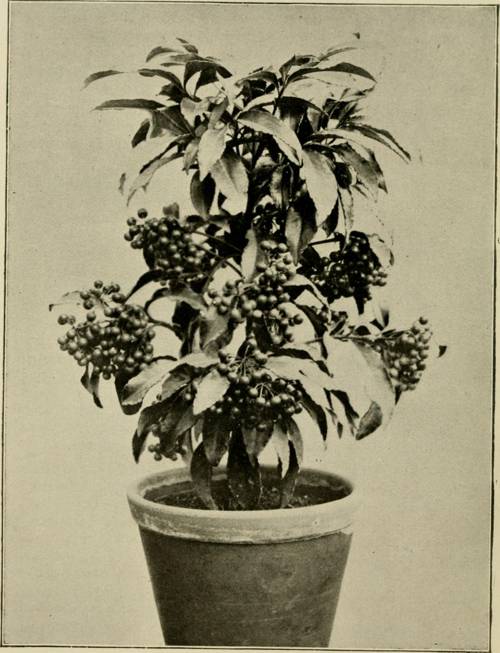
FAQ About Indoor Plant Soil Additives

What are soil additives for indoor plants?
Soil additives for indoor plants are materials added to potting soil to improve its physical or chemical properties. These can enhance soil structure, provide essential nutrients, improve water retention or drainage, and even boost plant immunity against diseases. Common soil additives include perlite, vermiculite, compost, peat moss, and worm castings.

Why are soil additives important for indoor plants?
Indoor plants often rely on potting mix for all their nutritional and water needs. Soil additives play a crucial role in optimizing these elements by enhancing nutrient availability, improving water management, and promoting better root development. This leads to healthier and more vibrant plants.

What are the benefits of using perlite as a soil additive?
Perlite is a lightweight volcanic mineral that improves aeration and drainage when added to potting mixes. It helps prevent soil compaction, allowing roots to grow freely and access oxygen, which is essential for root health. Perlite also retains some moisture, reducing watering frequency.

How does vermiculite benefit indoor plants as a soil additive?
Vermiculite is a mineral that expands when heated and is used to increase water retention and aeration in soil. It holds large amounts of water and nutrients, slowly releasing them to the roots as needed. This makes it ideal for plants that require a consistently moist soil environment.

Can compost be used as a soil additive for indoor plants?
Yes, compost can be an excellent soil additive for indoor plants. It adds organic matter to the soil, which improves texture and nutrient content. The decomposition process of compost also supports beneficial microbial activity, enhancing plant growth and health.

What is the role of peat moss in potting soils for indoor plants?
Peat moss is commonly used in potting soils for its ability to retain moisture while improving aeration. It holds water well and provides an acidic environment that benefits certain indoor plants like ferns and orchids. However, it's important to acknowledge environmental concerns regarding the sustainability of peat moss harvesting.

How do worm castings benefit indoor plant soil?
Worm castings, or vermicast, are rich in nutrients and beneficial microorganisms. They enhance soil structure, improve nutrient content, and suppress plant diseases. As a natural plant fertilizer, worm castings provide an environmentally friendly way to boost plant growth.

Are there any soil additives specifically for succulents?
For succulents, which prefer well-draining soil, additives like sand, perlite, and crushed granite are recommended. These materials help recreate the gritty soil conditions that succulents thrive in, preventing root rot by ensuring excellent drainage.

How can coco coir be used as a soil additive for indoor plants?
Coco coir, made from coconut husks, is a sustainable alternative to peat moss. It retains moisture well while ensuring good aeration, preventing compaction. It's biodegradable and suitable for many types of indoor plants, enhancing water retention and nutrient availability.

Is charcoal useful as a soil additive for indoor plants?
Charcoal, particularly horticultural charcoal, can be beneficial for indoor plants. It helps improve drainage, remove impurities, and prevent mold and bacteria growth in potting mixes. This can keep soil fresh and reduce the risk of root diseases.

What is the difference between perlite and vermiculite?
Perlite and vermiculite are both used to improve aeration and moisture retention in soil, but they differ in their properties. Perlite is a volcanic rock that provides better aeration and faster drainage, while vermiculite retains more moisture, making it suitable for plants that need constant moisture. Ultimately, the choice between the two depends on the specific plant requirements.

Are there any risks associated with using soil additives for indoor plants?
While soil additives can greatly benefit plant health, overuse or inappropriate combinations can lead to issues such as nutrient imbalances or poor drainage. It's important to choose the right additives for each plant species and to follow recommended application rates to avoid detrimental effects on plant health.

How often should soil additives be replenished for indoor plants?
The frequency of replenishing soil additives depends on the type of additive and plant needs. Organic additives like compost may need replenishment every few months, while inorganic additives like perlite or vermiculite remain effective for longer. Regularly assessing soil conditions can help determine when replenishment is necessary.

What is the impact of using sphagnum moss as an additive for indoor plants?
Sphagnum moss is often used in potting mixes for its water retention capabilities, yet unlike peat moss, it's more sustainable. It helps maintain moisture levels and is ideal for epiphytic plants, such as orchids. However, it's less nutrient-rich than other organic additives and often used in combination with other materials.

How do slow-release fertilizers work as soil additives for indoor plants?
Slow-release fertilizers are coated granules that dissolve gradually over time, providing a steady supply of nutrients. This minimizes the risk of over-fertilization and supports sustained plant growth without frequent fertilizing. They are particularly useful for busy gardeners or those with less frequent maintenance schedules.

Can sand be used as a soil additive for indoor plants?
Yes, sand is often used as a soil additive to improve drainage. Coarse sand is particularly beneficial for cacti and succulents, which require well-draining soil conditions. It is important to use the correct type of sand, as fine sand can lead to compaction and poor aeration.

How does using bark as a soil additive affect indoor plants?
Bark is mostly used in potting mixes for orchids and bromeliads as it encourages aeration and drainage. It helps create a lightweight mix that mimics natural growing conditions. However, because it does not retain moisture well on its own, it is often combined with moisture-retentive additives.

What role does gypsum play as a soil additive for indoor plans?
Gypsum is used to correct soil compaction and improve drainage in clay-heavy soils by breaking down the compacted particles. It also adds calcium and sulfur, essential nutrients for plant growth. Its application is beneficial for indoor gardens with heavy soil mixes but should be used carefully to avoid altering soil pH too drastically.

Is using coffee grounds as a soil additive beneficial for indoor plants?
Coffee grounds can be used to enhance soil quality as they contribute organic material and improve drainage. They can also lower the pH of the soil slightly which benefits acid-loving plants like azaleas and roses. However, they should be added in moderation as excessive amounts can lead to soil acidity problems.

Why is it important to balance moisture-retentive and aerating additives in indoor plant soil?
Finding the right balance between moisture-retentive and aerating additives is crucial to prevent overwatering and ensure adequate oxygen reaches plant roots. Overly compact or wet soils can lead to root rot, while too much drainage may deprive plants of necessary moisture, leading to dehydration. Tailoring the mix to individual plant needs promotes healthier growth.
